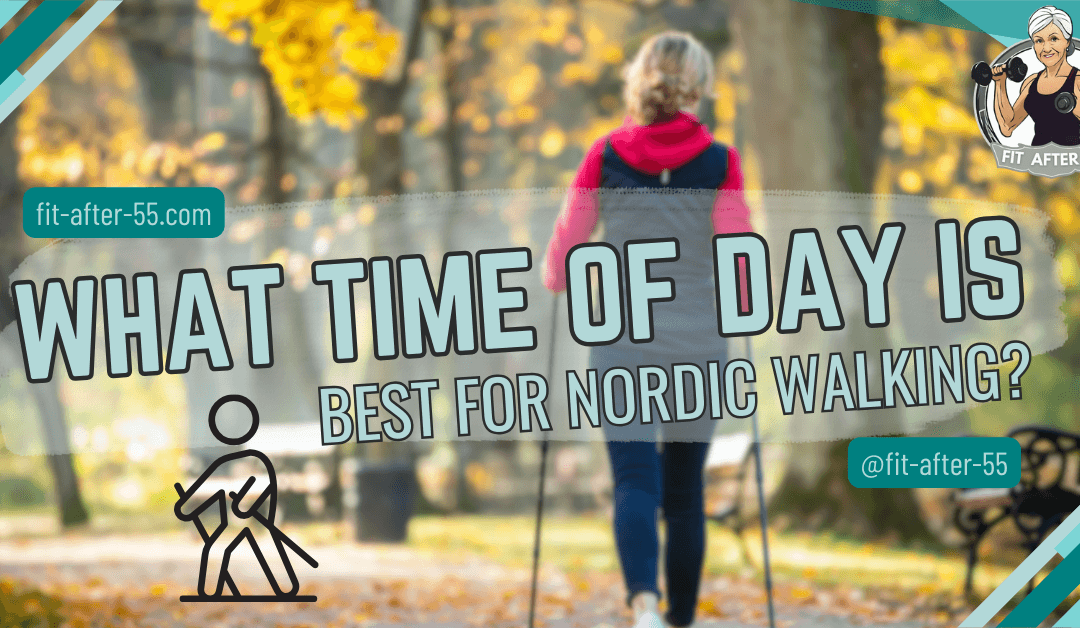“What time of day is best for Nordic walking?” – This common question sparked my curiosity as I observed people hitting the trails at various hours, each with their own unique outcomes on their health and well-being.
Some folks swear by their morning Nordic walks, while others insist on an evening stroll. It got me thinking: does the timing really matter? So, I dug into the world of Nordic walking to uncover the best time to hit the trails. From personal schedules to weather considerations, there’s a lot to unpack. Let’s dive in and discover the peak performance secrets of Nordic walking!
What Time of Day Is Best for Nordic Walking? Expert Tips for Peak Performance
When the weather is nice, Nordic Walking is a fun way for us to get outside and exercise. And it’s even better than just walking. So we wondered, What time of day is best for Nordic walking? Is there a time that provides more benefits to us in our exercise routine? It turns out, there might be.
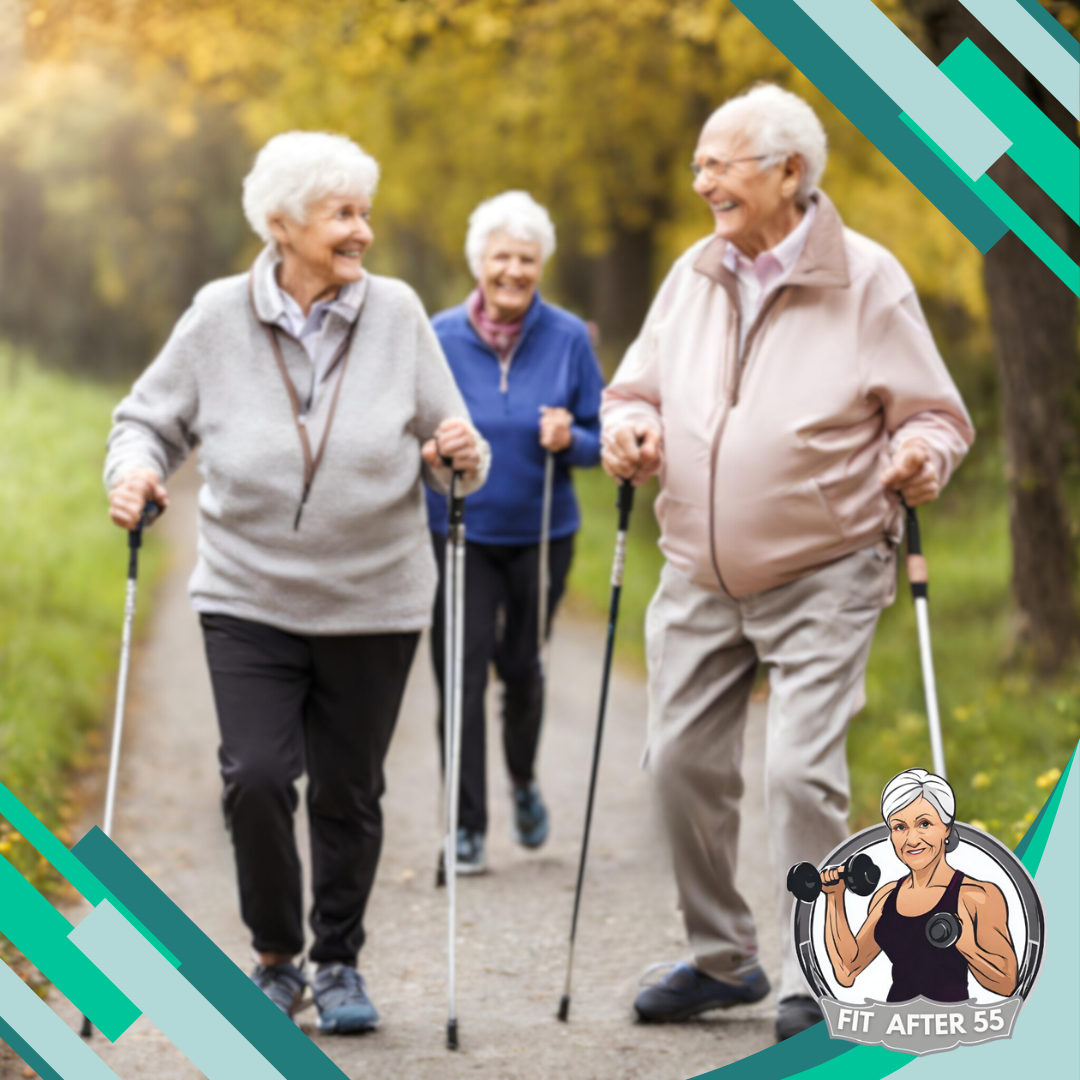
Nordic walking is an exceptional exercise that blends the simplicity of walking with full-body engagement. It uses specially designed poles to create a workout that is as efficient as it is enjoyable. Determining the best time of day for Nordic walking depends on several factors. These include weather conditions, personal schedule, and individual preferences.
While there is no universal “best” time to partake in Nordic walking, aligning your walks with these considerations can maximize the benefits of the exercise.
Weather plays a significant role in deciding when to step out for your Nordic walk. In summer, it’s advisable to avoid the midday heat. Instead, opt for cooler morning or evening walks to prevent overheating and ensure comfort.
On the other hand, personal routines are also crucial. If you’re an early riser, a brisk walk at dawn might energize your day. Meanwhile, an evening walk could be the perfect way to unwind after work.
Safety is an important consideration, too. Always ensure you have sufficient visibility and wear appropriate gear to be seen if you prefer walking during dawn or dusk.

Key Takeaways
- Nordic walking is a versatile workout suitable for any time of day, considering individual schedules and weather.
- Cooler parts of the day are generally preferred, especially in summer, to increase comfort and maintain hydration.
- Safety and visibility should always be prioritized when selecting your Nordic walking time.
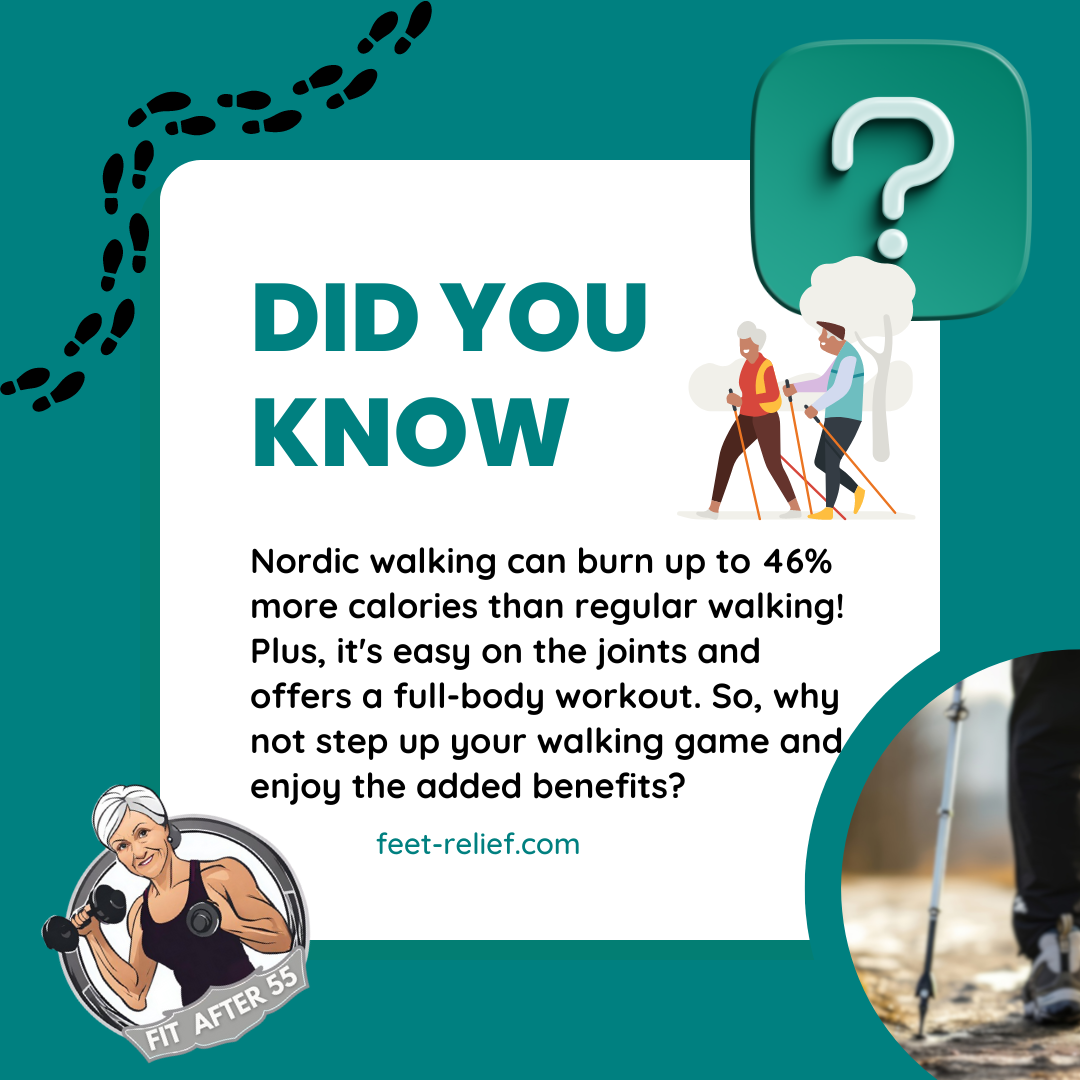
Benefits of Nordic Walking
Nordic walking offers a unique combination of benefits that cater to your cardiovascular health, muscle toning, and weight management. This effectively enhances your overall fitness regime.
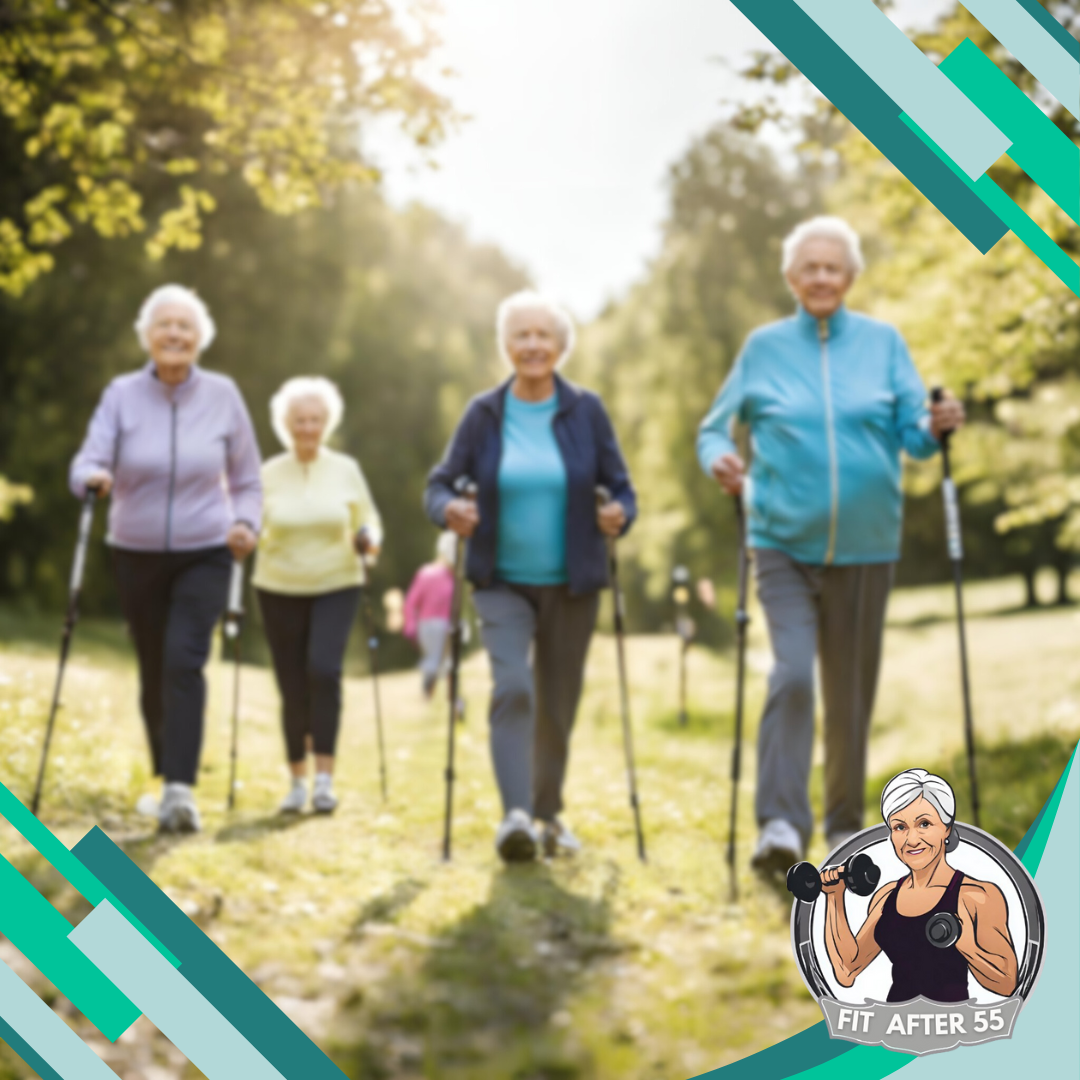
Cardiovascular Health
Nordic walking is a potent aerobic activity. It involves using specialized poles that create an increased heart rate compared to regular walking.
Studies show Nordic walking can improve your heart health and endurance, leading to better cardiovascular fitness.
Muscle Toning
Engaging over 90% of your body’s muscles, Nordic walking significantly tones your arms, shoulders, chest, and leg muscles.
By using walking poles, you work both your upper and lower body, leading to balanced muscle strength and definition.
Weight Management
Nordic walking is a highly effective exercise for burning calories. This low-impact, full-body workout can help you in weight management by increasing your metabolic rate. This helps you burn more calories than standard walking.
Regular sessions can contribute to a reduction in body fat, assisting with weight control.
Optimal Times for Nordic Walking
Choosing the right time for Nordic walking can make your exercise more effective and enjoyable. It’s essential to consider daylight, weather, and your personal schedule when deciding when to embark on your walk.
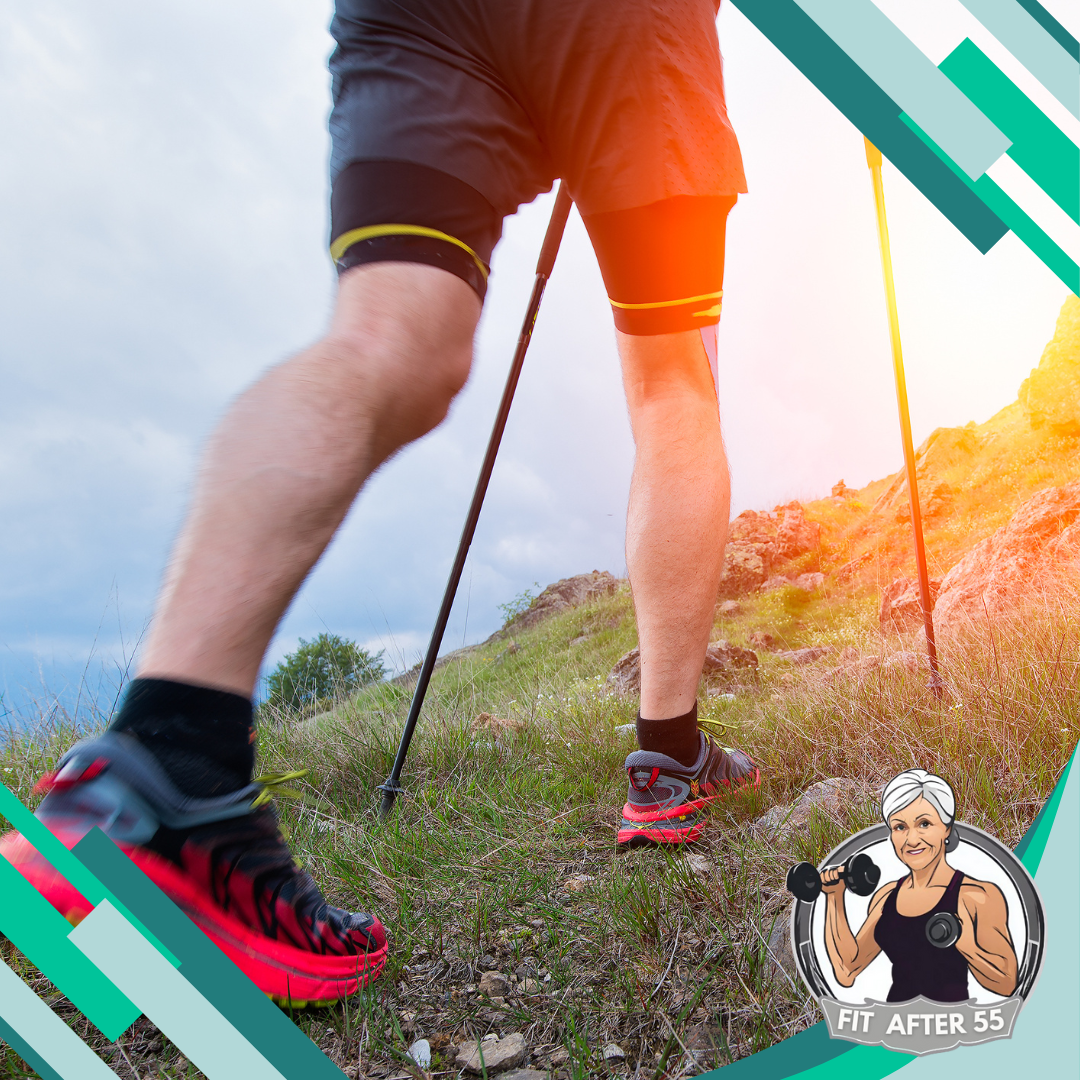
Early Morning
In the early morning, you experience cooler temperatures and a quieter environment, which may help you start your day with a clear mind. Morning light can boost your mood and energy levels for the day ahead.
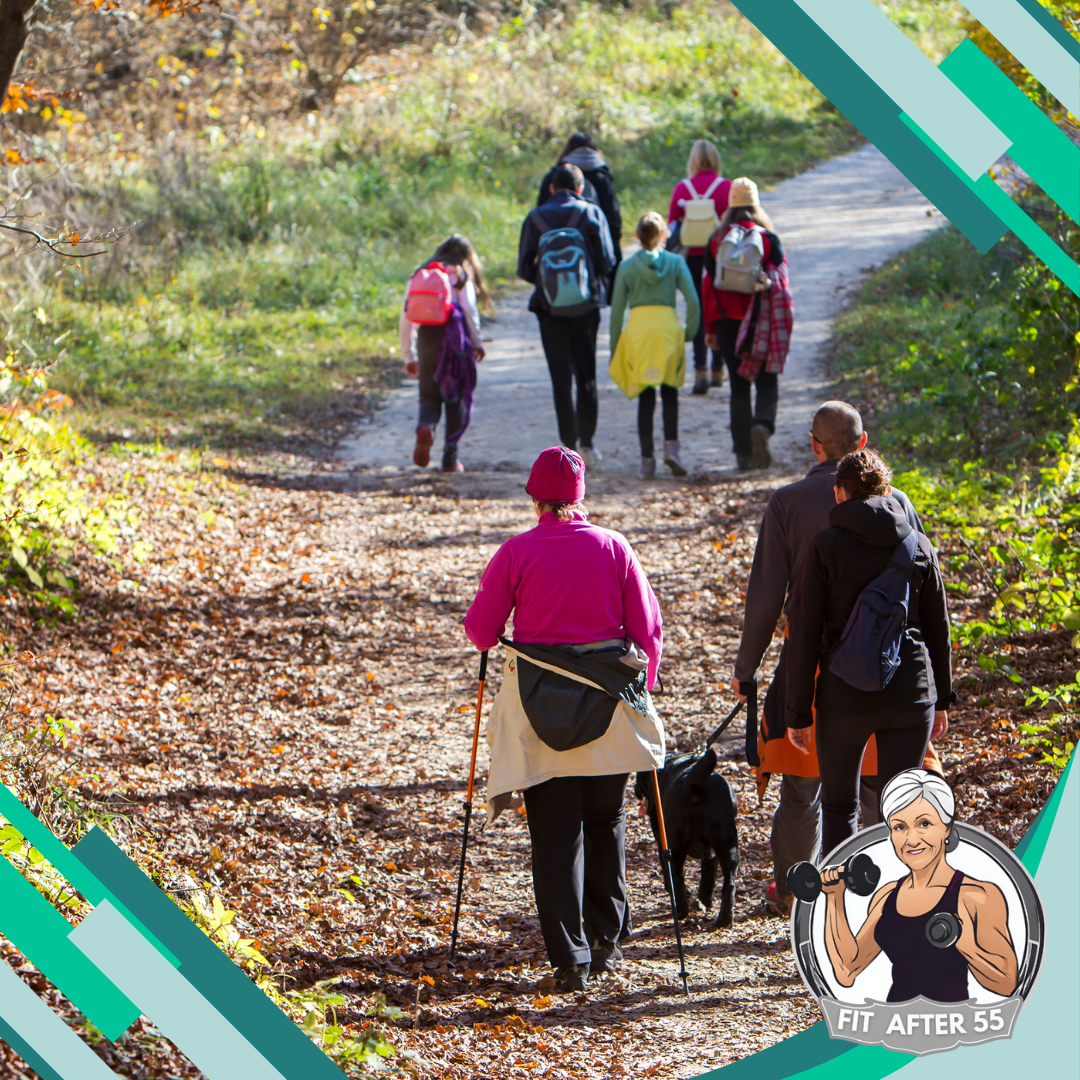
Late Afternoon
Late afternoon sessions align with natural drops in energy, providing you a chance to reinvigorate your body. Walking during this time can help you decompress after a day’s work while making use of the waning daylight.
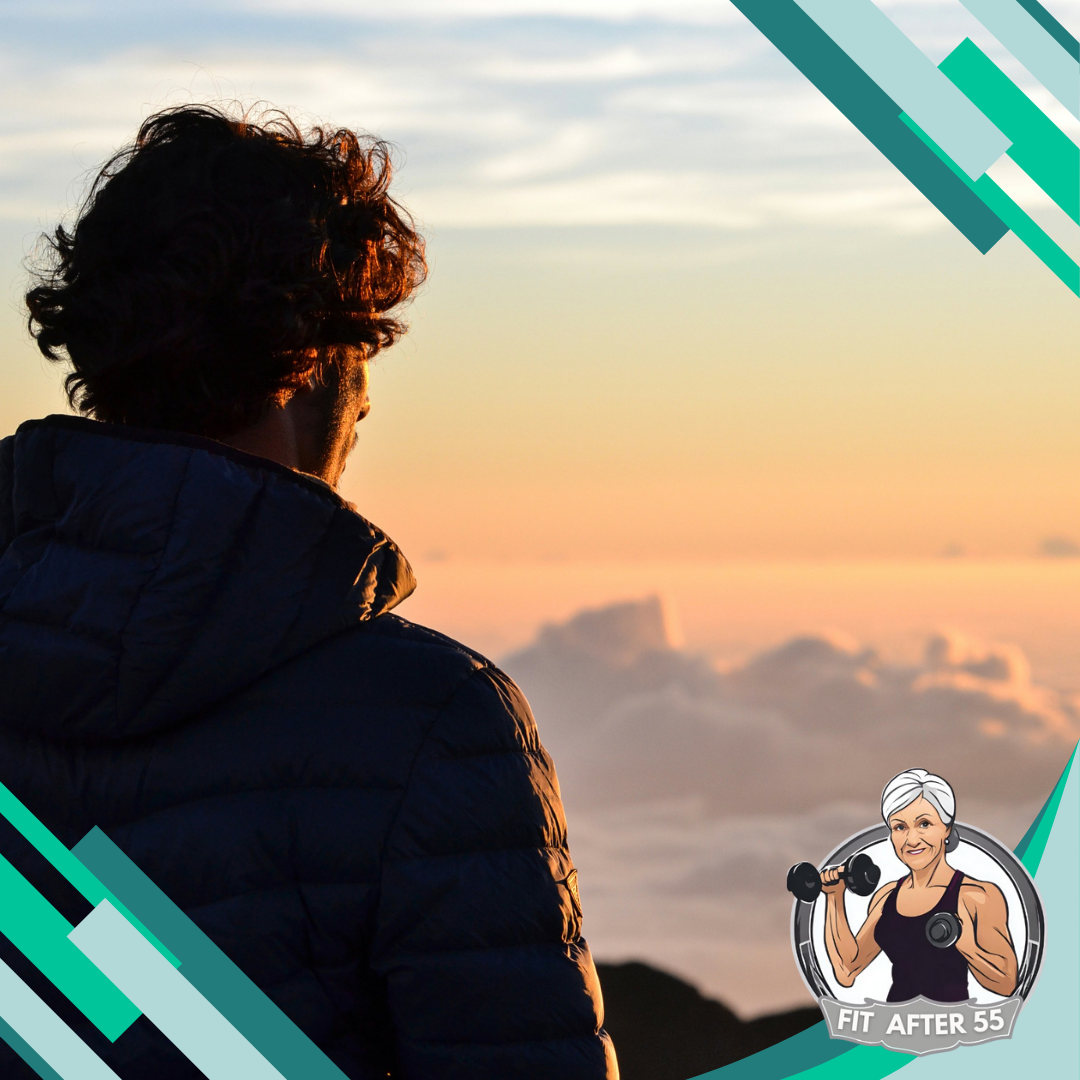
Evening
The evening offers a cooler atmosphere for your Nordic walking workout, which can be particularly beneficial during the hotter months. Walking in the evening can also serve as an excellent way to wind down and reflect on your day.
Weather Considerations
When planning your Nordic walking sessions, it’s crucial to consider the weather’s influence on your experience and safety. Avoid adverse conditions and adjust to seasonal variations to get the most out of your walks.

Avoiding Extreme Weather
Your safety comes first, so it’s wise to avoid Nordic walking during extreme weather conditions.
High temperatures and humidity can lead to heat exhaustion, whereas icy or stormy conditions significantly increase the risk of falls and discomfort.
According to York Nordic, during summer, avoid the hottest parts of the day and stay well-hydrated. Similarly, in winter, walking in daylight can help you stay warm and maintain visibility on potentially slippery paths.
Seasonal Impacts
Spring/Summer: Enjoy longer daylight hours and milder temperatures. Start early in the morning to experience the cooler part of the day.
- Fall/Winter: Shorter days and colder weather require extra layers and possibly traction devices for your shoes.
- The use of a headlamp might be beneficial in these seasons for visibility during shorter days.
Feel the difference seasonal changes make to your Nordic walking routine, each bringing unique conditions that affect your approach to this full-body exercise.
Personal Schedule and Routine
When planning for Nordic walking, it’s crucial to align the activity with your daily agenda and physical rhythms. This section outlines how you can incorporate Nordic walking into your existing schedule and maintain routine.
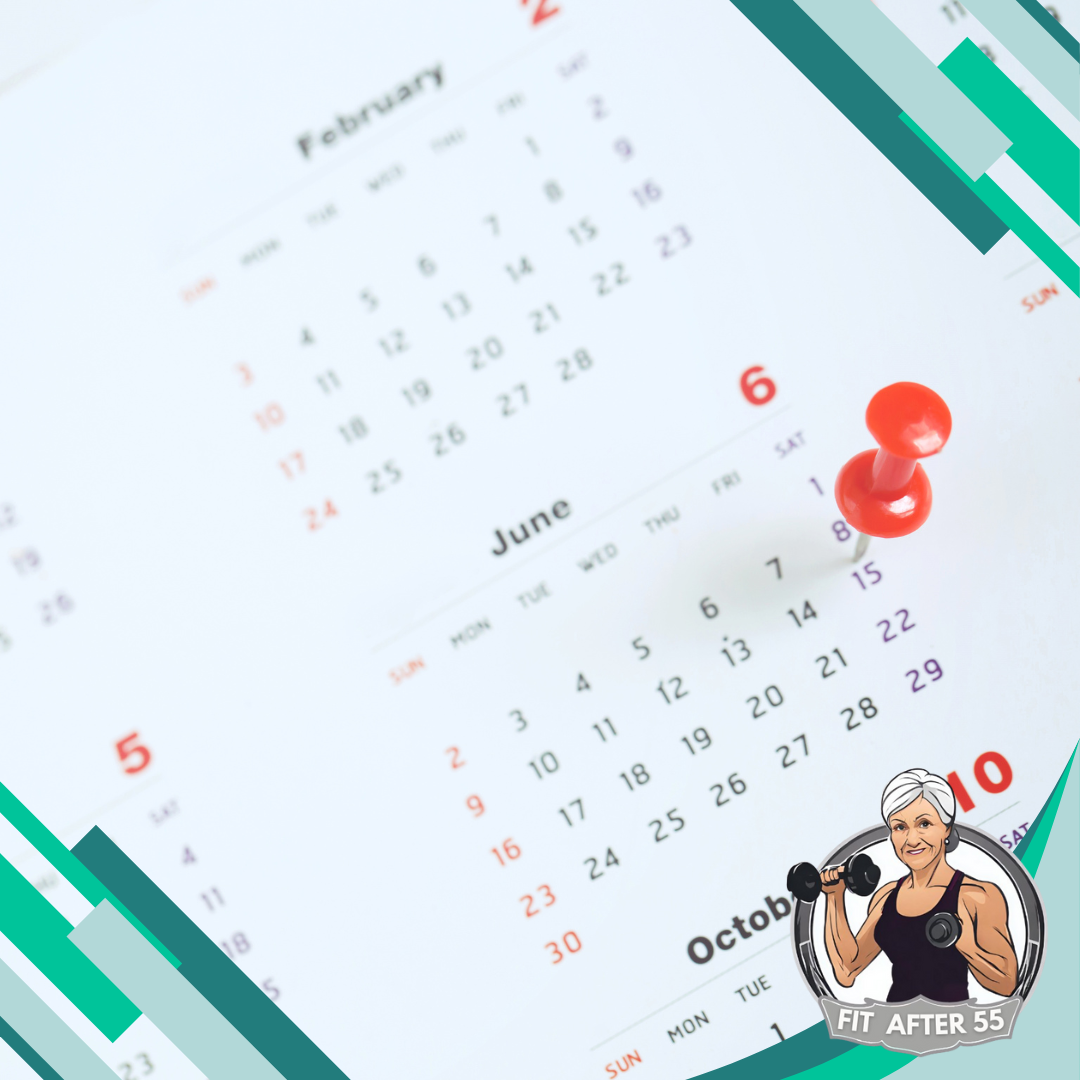
Consistency Over Time
To harness the full benefits of Nordic walking, aim to establish a consistent routine.
If you’re an early riser, harness the tranquility of morning walks. Conversely, if evenings are when you’re most energetic, use that time to de-stress and rejuvenate with a brisk walk.
Frequent, regular sessions are more beneficial than sporadic, intense workouts.
Adapting to Work and Social Commitments
Balancing Nordic walking with work and social responsibilities requires flexibility.
Plan your sessions around your commitments, choosing times that are least likely to conflict with work duties or social events.
For example, if you have an erratic work schedule, you might opt for shorter, more frequent walks. Meanwhile, a predictable workday might allow for longer sessions at a set time.
Safety and Visibility
When engaging in Nordic Walking, your safety and visibility are crucial, particularly if you walk early in the morning or later in the evening.

Choosing Well-Lit Paths
For your safety, always choose walking paths that are well-lit.
Well-lit paths are essential to ensure you can see the terrain and avoid potential hazards such as uneven surfaces or obstacles. This also makes it easier for drivers and cyclists to see you, reducing the risk of accidents.
Your path should have:
- Adequate street lighting
- Clear visibility of the walkway ahead
- Minimal obstructions
Using Reflective Gear
Reflective gear is a must-have to improve your visibility during dawn, dusk, or nighttime walks. Here are specific items you can use:
- Reflective vest: Ensures visibility from all angles.
- Reflective armbands or wristbands: These can be worn on moving parts of your body, like arms or legs, to create attention-grabbing movement.
- Reflective tape: Apply this to your poles, shoes, or hat to increase visibility.
Nordic Walking Technique
In Nordic walking, mastering the proper pole usage and maintaining a correct stride and posture are essential to optimizing the workout and avoiding injury.
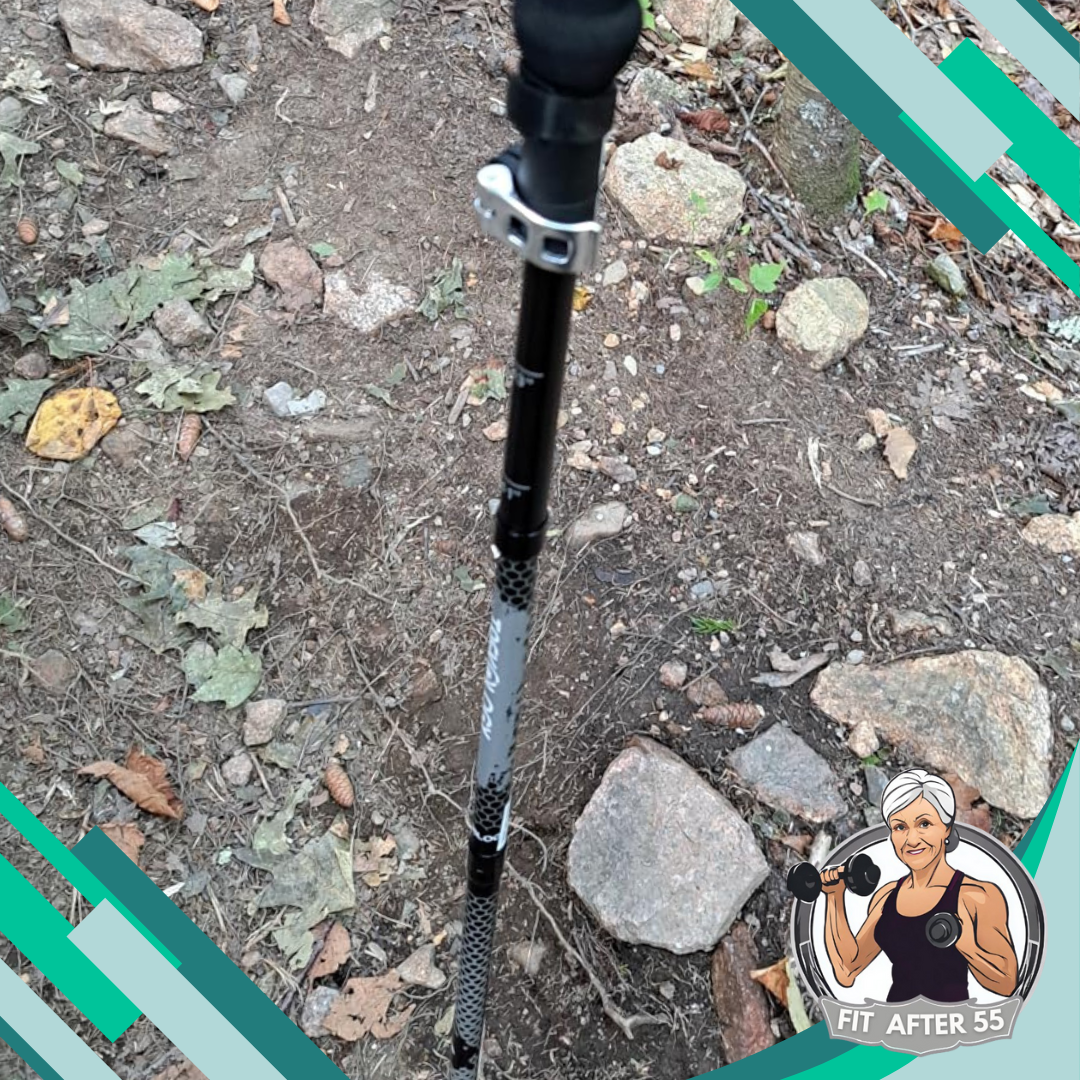
Proper Pole Usage
Your poles are crucial for Nordic walking, as they provide the added upper body workout that characterizes the exercise.
To use your poles effectively, hold them at a slight angle with the tips pointing backwards, and plant them behind your feet as you walk. This positioning enables you to push off correctly with each stride.
Guidance from York Nordic, for instance, suggests that poles should be kept close to the body but always behind you, enhancing your workout efficiency.
Stride and Posture
A long, natural stride coupled with an upright posture is vital for successful Nordic walking.
Ensure that your back is straight and your shoulders are down. The coordination of arm and leg movement is also crucial.
Your arm movement should be synchronized with the opposite leg’s stride.
Experts recommend that touching the poles to the ground lightly and at about a 45-degree angle with each step. As this becomes more natural, using your arms to actively push off the poles to propel your body forward.
Equipment and Gear
Before heading out for Nordic Walking, it’s important to have the right equipment to enhance your performance and ensure safety.
Selecting the right poles, wearing appropriate footwear, and dressing for the weather are pivotal for a successful outing.
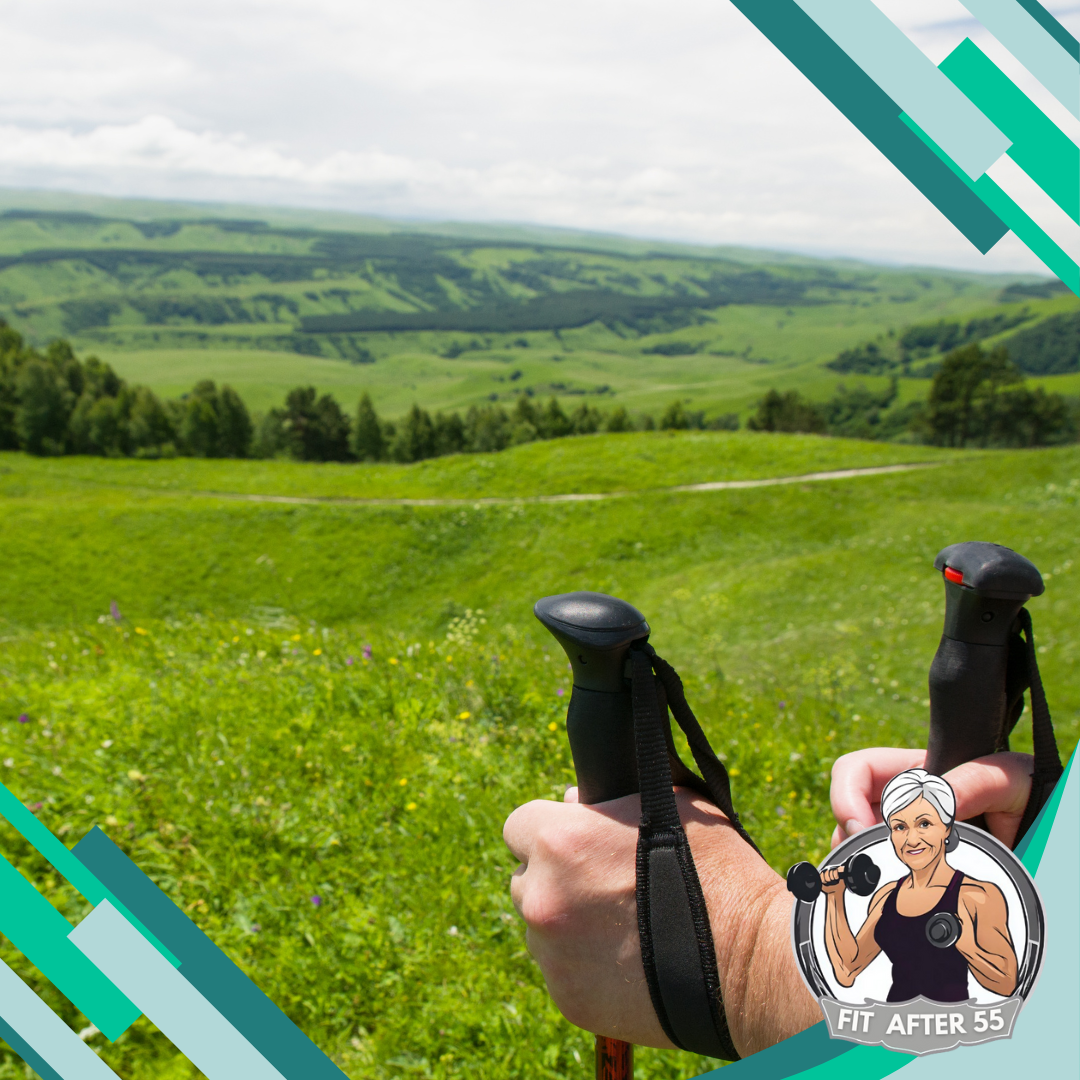
Selecting the Right Poles
When choosing Nordic walking poles, consider poles that are the correct height. Adjustable poles can provide flexibility and cater to your walking terrain.
Opt for poles with comfortable, supportive grips and wrist straps to reduce the risk of slipping and to provide the necessary support for your full-body workout.
Appropriate Footwear
Your footwear should offer good support, have a flexible sole for the rolling motion of your foot, and be cushioned to absorb impact.
Trail shoes or quality walking shoes are typically the best choices for Nordic walking, allowing for a firm grip on various surfaces and providing stability for your ankles.
Dressing for the Weather
For Nordic walking, dress in layers to adjust to the changing temperatures.
Starting with a moisture-wicking base layer, add a breathable insulating layer and top it off with a weather-appropriate outer layer, like a windproof jacket or a rain shell.
Consider the season; wear a hat and gloves in cooler weather, and in warmer months, choose lightweight, breathable fabrics to stay cool.
Hydration and Nutrition
Proper hydration and nutrition are critical for maximizing your performance and enjoyment during Nordic walking. They ensure sustained energy levels and prevent dehydration, particularly when walking over longer distances or in warmer weather.

Pre-Walk Hydration
Before setting out on your Nordic walk, make sure to be properly hydrated.
Start sipping water at least 2 hours prior to your walk to allow your body to absorb the fluid.
Avoid caffeinated beverages as they may lead to dehydration.
- Drink 16-20 ounces of water 2 hours before walking
- Top up with an additional 8 ounces 30 minutes before starting
Fueling with Snacks
Choosing the right snacks can provide the necessary fuel for your Nordic walk.
- Aim for snacks that are high in B vitamins and potassium, like bananas or yogurt, to maintain muscle function and endurance.
- A small whole grain item with peanut butter is an effective option to sustain your energy.
Remember to replenish your body with fluids and nutrients after your walk as well.
What Time of Day is Best for Nordic Walking? Honoring Preferences, Encouraging Action
We’ve explored the various factors that influence the optimal time for Nordic walking. From considering weather conditions and personal schedules to prioritizing safety and visibility, there’s no one-size-fits-all answer. We’ve delved into the benefits of Nordic walking, highlighting its effectiveness for cardiovascular health, muscle toning, and weight management.
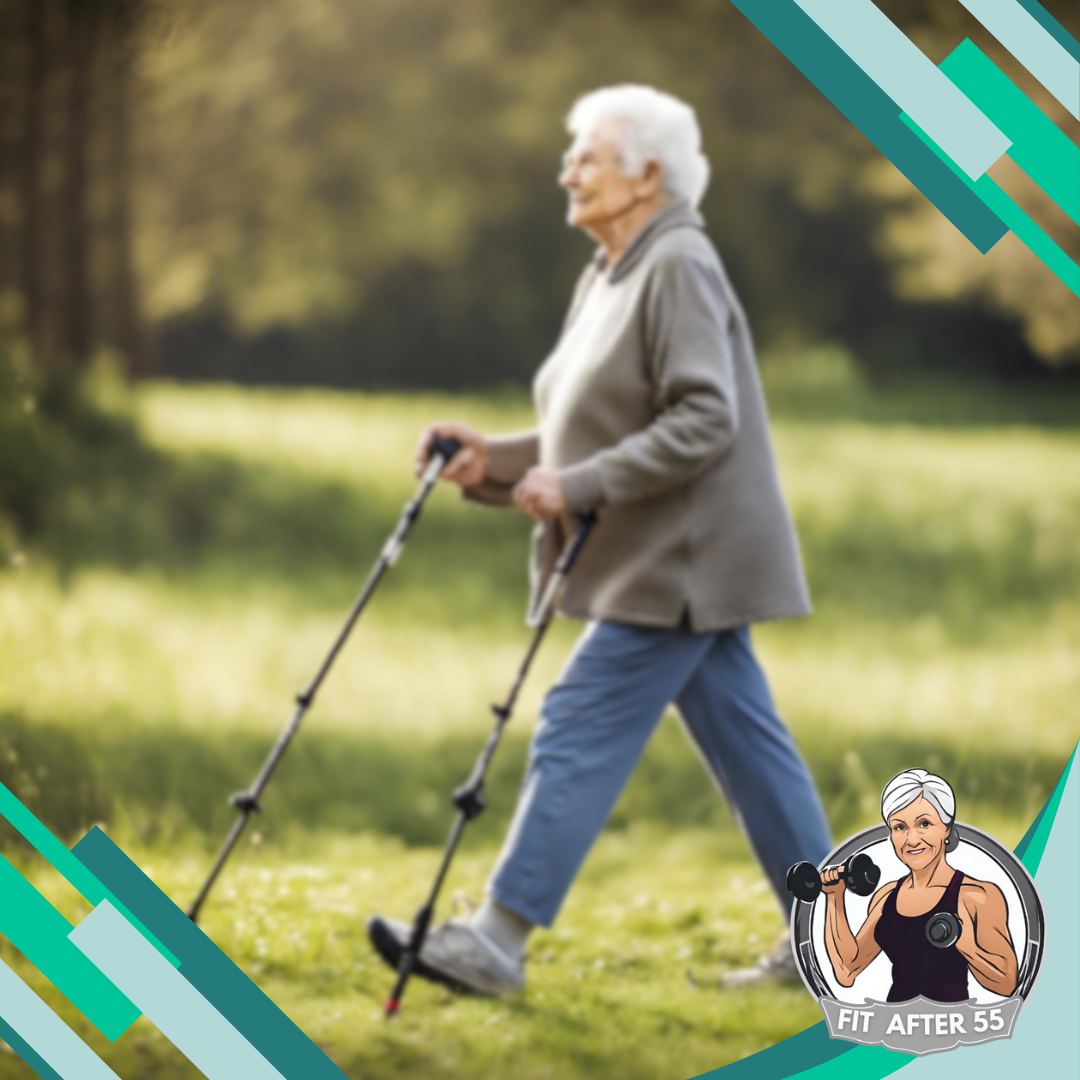
Throughout our discussion, it’s evident that different times of day can have varying effects on individuals. However, it’s essential to recognize that each person has their own preferences and needs when it comes to exercise. Whether you’re an early riser who enjoys the tranquility of morning walks or someone who prefers to unwind with an evening stroll, the key is finding what works best for you.
At the end of the day, we respect the diverse methods and routines of our audience, regardless of age or fitness level. As we wrap up, we invite you to lace up your shoes, grab your poles, and embark on your own Nordic walking journey. Whether it’s to boost your mood, improve your fitness, or simply enjoy the great outdoors, there’s never been a better time to step out and embrace the benefits of Nordic walking. So, why not take that first step today? Happy walking!
Frequently Asked Questions
Before you strap on your Nordic walking poles and head out, here are some targeted responses to frequently asked questions that can help optimize your walking experience.
How does the time of day affect the benefits of Nordic walking for seniors?
For seniors, the best time of day for Nordic walking may be when temperatures are mild. This often means morning or late afternoon. This is important to maintain comfort and avoid the stress of extreme temperatures on the cardiovascular system.
Should beginners approach the timing of their Nordic walking sessions differently?
Beginners may benefit from walking during daylight for better visibility and safety. They can also walk when parks or trails are less crowded. This provides a conducive environment to focus on technique and build confidence.
Can daily participation in Nordic walking offer long-term health benefits?
Regular Nordic walking is known to improve cardiovascular health and muscle strength over time. It can also contribute to weight management as part of a daily fitness regimen.
What are the comparative advantages of Nordic walking versus traditional walking?
Nordic walking engages up to 90% of your muscles, providing a full-body workout and increased caloric expenditure. This is compared to traditional walking, which primarily engages the lower body.
How can Nordic walking impact knee health?
The activity has been shown to produce less load on the joints, including knees, due to the support provided by the poles. This can lead to improvements in joint health and a reduction in discomfort for individuals with conditions like arthritis.
What are some potential drawbacks to consider when taking up Nordic walking?
New practitioners should be mindful of the proper technique to avoid muscle strain and imbalance.
Also, there is a need for proper equipment. This involves an initial investment in quality walking poles.

